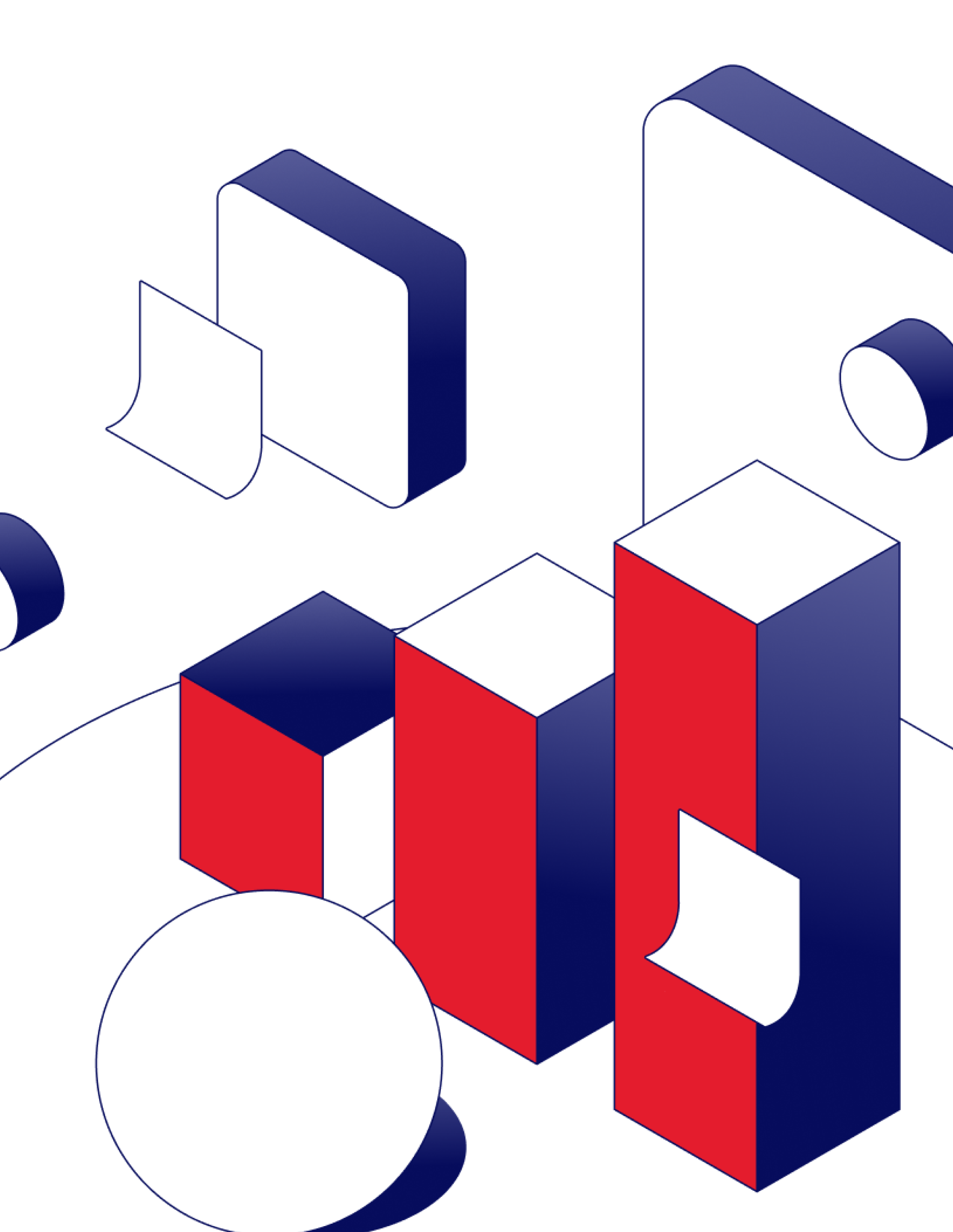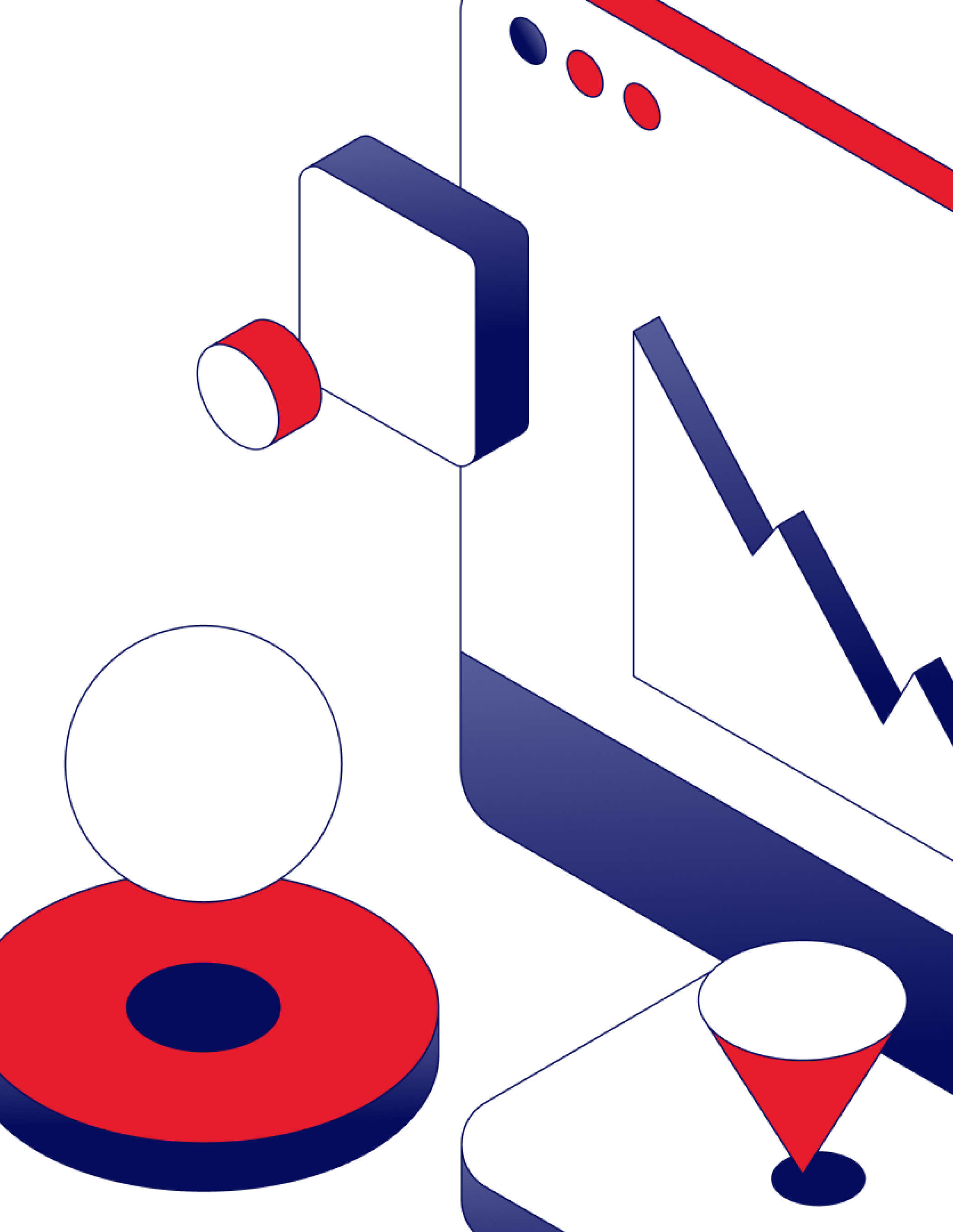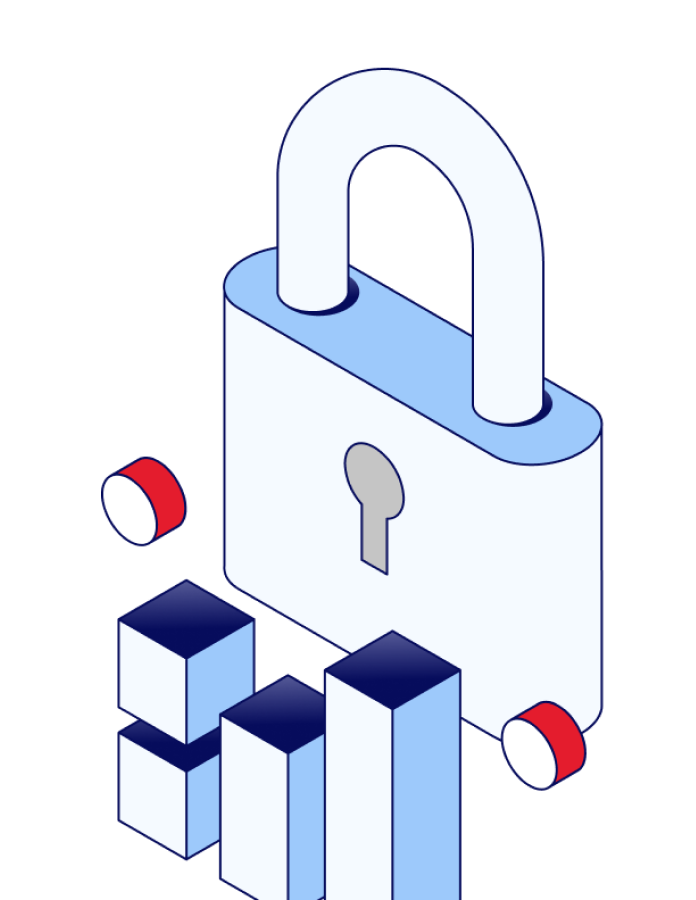Tawarruq - Modus Operandi and Legality

Islamic economics and finance harmonize commercial activities with the Shariah principles. Thus, various financial instruments and systems have been established to fulfil this need and significantly contribute to socio-economic empowerment and development. However, challenges arise when financing is not asset-backed, since Islamic principles allow only interest-free lending and borrowing whereas profit-driven financial institutions require return. A structure that has been used as an alternative to interest-based loans through the monetization of assets is Tawarruq. The term is derived from the Arabic root word, wariq, denoting silver coins. The word is used famously in the narrative of the sleepers of the cave in the 18th chapter of the Qur’an, Surah Kahf: “… then tell one of you to go into the city with this silver coins (bi wariqikum) of yours, and let him see which is the better food ...” (Qur’an, Chapter 18: Verse 19).
The ‘ta’ in Tawarruq denotes the seeking of something, in this case silver, in the same way that Ta’allum means the seeking of knowledge (‘ilm). Therefore, Tawarruq can be understood as seeking cash and in contemporary practice, consisting of two sale contracts of the same underlying commodity between different parties, with a purpose of obtain liquidity but without the element of interest.
This contract can be achieved in two forms:
a) at-Tawarruq al-Fiqhi (classical or Individual Tawarruq): the purchase of a commodity or asset by al-mustawrriq (the one in need of liquidity) on a deferred price payment mode, either by musawamah (bargain sale) or murabaha (markup sale where the cost and profit are disclosed), and then selling the asset to a third party for a spot price payment, and
b) at-Tawarruq al-Munazzam (Organized Tawarruq): This is when a client in need of financing provides a unilateral promise to purchase a commodity and an Islamic Financial Institution (IFI) buys on his/her behalf from a vendor and then sells it to the client at a higher price on deferred payment. The client would either sell the commodity to a fourth party for spot payment or appoint the IFI as an agent to sell it on his/her behalf. After which, the client would pay the IFI with the initial deferred payment based on the agreement. Hence, IFIs use this arrangement to resolve economic liquidity shortages and structure risk management tools.1
Furthermore, tawarruq is accepted by most Islamic scholars when defined as a sale, based on evidence from Quranic texts and Hadith, which indicate the permissibility of any trade in compliance with the Shariah rulings2. Among other sales contract conditions, Tawarruq is bound by specific conditions regarding its transaction and traded commodity.3 It should be noted that the misconception and misuse of Organized Tawarruq have led to reservations by some Islamic Jurists, regarding it as hilah (legal stratagem) to attain interest[4] and its transaction similarity to Bai’ Inah.5
Economic Benefit
Tawarruq is widely used in most Muslim-majority countries, such as Malaysia, Saudi Arabia, Bahrain, and the UAE,6 as a liquidity management tool. It also provides a straightforward procedure for the acquisition and disposal of assets for corporate financing, using shariah-compliant trading platforms like Bursa Suq-al Sila (BSAS), Shoraka, and As-Siddiq Tawarruq, specific to Malaysia. Tawarruq is a versatile instrument that has been used extensively for personal financing, fixed income deposits, Islamic Interbank Money Market instruments, and Islamic Capital Market Instruments or Sukuk (Islamic alternative to conventional bonds). Hence, unlike interest-based financial instruments, tawarruq is linked to the purchase of commodities, ensuring that financial transactions are in fact asset-backed.
Bursa Suq-al Sila (BSAS) performs a vital role in facilitating this operation between the IFIs, al-mustawrriq (individuals or Institutions) and vendors (suppliers/buyers). Typical commodities used in tawarruq transactions include crude palm oil (CPO), RBD palm olein and aluminum, purchased through a commodity platform provided by BSAS.
For example, if a customer needs RM10,000 for personal expenses, a typical set of steps for Tawarruq financing would be as follows:
Customer’s Request: The customer approaches the Islamic bank and requests RM10,000 in personal finance.
Bank Purchases Commodity: The Islamic bank purchases a commodity (e.g., metal, oil) worth RM10,000 from a supplier in the commodity market through the BSAS platform.
Bank Sells Commodity to Customer: The Islamic bank sells the commodity to the customer at a markup. For example, the bank sells the commodity to the customer for RM11,000, to be paid in installments over a year.
Customer Sells Commodity:
The customer has an option to take physical delivery or sell it to the commodity market.
If the customer wants to sell it to the commodity market, the customer appoints the Islamic bank as their agent to sell the commodity on their behalf.
The Islamic bank sells the commodity to Bursa Malaysia Islamic Services Sdn Bhd through a commodity platform (BSAS) for RM10,000 in cash.
Customer Receives Cash: The customer receives RM10,000 in cash from the sale of the commodity.
Repayment: The customer repays the Islamic bank RM11,000 in instalments over the agreed period (e.g., one year).
Summary:
The customer receives the needed RM10,000 in cash.
The customer repays RM11,000 to the Islamic bank over a year, which includes the bank’s profit margin.
This process ensures that the transaction is Shariah-compliant, as it involves the buying and selling of a tangible asset (commodity) rather than a direct loan with interest. Customers in Malaysia for instance, do not have to (and cannot without being registered) engage directly with the commodity platform. This is facilitated by the bank at the instruction of the customer. This type of transaction is also the dominant underlying structure for Islamic credit cards in Malaysia.
Tawarruq is also used for banks to obtain liquidity from each other in a similar way. Bank A may approach Bank B for interbank liquidity, where Bank B will purchase an asset from the commodity market7(through the BSAS platform) in cash. Thereafter, Bank A purchases the commodity from Bank B on a deferred payment basis. Then Bank A sells the same commodity through the BSAS platform back to the commodity market for cash. However, to mitigate the risk associated with commodity availability and avoidance of uncertainty, a wide range of commodities, including low carbon products, has been included8, and all transactions in the BSAS platform are mandated to be on a spot basis, while the deferred transaction is only between banks and their customers. Likewise, transaction prices are locked in with commodity suppliers and hedged against intra-day price movements to manage spillover risk and speculative activities.
Hence, a well-structured tawarruq aids in the mitigation of financial instability and risk by diversifying an economic-financial system to be more resilient to economic downturns. Consequently, applying tawarruq in its most acceptable form enables investment in productive assets that drive capital expenditure and stimulate business expansion without worrying about servicing-compounding interest, which creates a concentration of wealth and economic bubbles9. Thus, all the aforementioned are means to financing productive sectors, sectorial financial inclusion, promoting long-term economic stability by enhancing the leading and coincidental economic growth indicators10, and, importantly, achieving the Maqasid al-Shariah11 and sustainability development goals (SDG).12
Tawarruq promotes ethical financing practices among Muslim communities, protecting their faith and preventing them from indulging in interest. However, its excessive use for liquidity purposes, without sufficient real economic linkage and management, could lead to a decline in economic growth, making its mafasid (harms) outweigh the masalih (benefits).
- 1
Thomas, A., Hassan, K. H., Ahmad, M. U., Mohd Zazi, M., Salam, M., Ismail, M. I., Zada,N., Alhabshi, S. A. (2023). Islamic Capital Markets: Principles and Practices (Vol. Second edition). Malaysia: International Shari'ah Research Academy for Islamic Finance (ISRA).
- 2
In Qur’anic (2:275), Allah Azzawajal says, “and Allah has permitted trade and prohibited riba”.
- 3
a) the first and second purchase and sales contract must be independent; b) the commodity cannot be resold to the first seller; c) the traded commodity must be suitable for deferred payment mode, so it cannot be any of the ribawi items (gold, silver and currencies); d) the traded commodity must be in existence, therefore, cannot be an asset to be constructed or under construction; and e) The nature of the commodity must not be debt-based; hence, al-mustawrriq must collect and receive it in real or legal terms.
- 5
‘Inah is purchasing a commodity on a deferred payment by party A and immediately reselling it to the initial seller at a lesser amount for a spot payment. Therefore, ‘inah is a fake sale, used as a means of usury (interest), and not to conclude a genuine sale.
- 6
Shihama, M., Muneeza, A., & Tarmizi, N. S. (2017). Tawarruq as a Product for Financing within the Islamic Banking System: A Case Study of Malaysian Islamic Banking System. International Journal of Management and Applied Research, Vol. 4, No. 1. doi:10.18646/2056.41.17-004
- 7
Commodity Market comprises of different Shari’ah compliant tradable assets and willing sellers and buyers for spot payment transaction.
- 8
Crude palm oil (CPO), Plastic Resin, RBD Palm Olein, Aluminum and Plumbum.
- 9
An economic bubble is characterized by the quick escalation of market value beyond its current actual intrinsic value, particularly in the price of assets. This leads to rapid inflation followed by a quick decrease in value, or a contraction, sometimes referred to as a “crash”, or a "bubble burst." What Is an Economic Bubble and How Does It Work, With Examples (investopedia.com)
- 10
Such as production, employment and consumer consumption
- 11
Pejabat Mufti Wilayah Persekutuan - IRSYAD USUL AL-FIQH SERIES 33: INTRODUCTION TO MAQASID AL-SYARI’AH (muftiwp.gov.my) ; Chapra, M. U. (2008). The Global Financial Crisis: Can Islamic Finance Help Minimize the Severity and Frequency of Such a Crisis in the Future? Islamic Economic Studies, 15(2), 11-36.doi: Microsoft Word - The global financial crisis.doc (unctad.org)
- 12
Sustainable Development in the 21st century (SD21). (2011). Review of Implementation of the Rio Principles: Detailed review of implementation of the Rio Principles. Stakeholder Forum for a Sustainable Future. doi:https://sustainabledevelopment.un.org/content/documents/1127rioprinciples.pdf ; Bank Negara Malaysia, (2022). Financial Institution Soundness and Resilience. FINANCIAL STABILITY REVIEW - SECOND HALF 2022, pp 43-47, Financial Stability Review 2H 2022 (maicsa.org.my)
Related Articles









